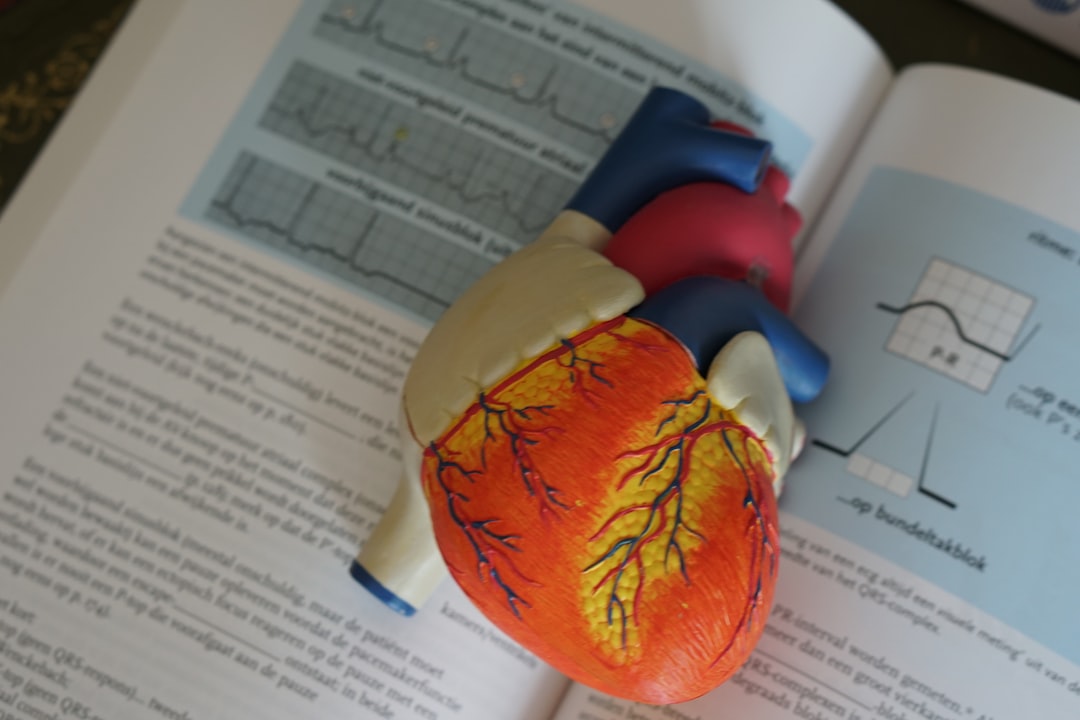What is it about?
Parkinson’s disease is a complex neurological disorder that affects over 10 million people worldwide. Rehabilitation plays a crucial role in improving symptoms, function, and quality of life and reducing disability for people with Parkinson’s. An international task force of experts came together to develop recommendations for delivering rehabilitative and multidisciplinary care in Parkinson’s. This paper examines the role of rehabilitation from a broad international perspective of clinicians, researchers, and people living with Parkinson’s.
Featured Image

Photo by Hannah Busing on Unsplash
Why is it important?
Rehabilitative interventions play an important role in the comprehensive care of a person with Parkinson’s across all stages of disease. These interventions include not only physical therapy, occupational therapy, and speech language pathology, but also others geared towards mental health, nutrition, arts, and more. Rehabilitative care, however, remains under-recognized and under-utilized in Parkinson’s, and often only considered at later disease stages, despite research demonstrating its benefits on function and quality of life. Developing a unified understanding of how multidisciplinary rehabilitative care can help people living with Parkinson’s represents a key step in improving patient outcomes.
Perspectives
Writing this article and consensus statement was a great example of multidisciplinary and interprofessional teamwork. The international Rehabilitation Task Force included more than 20 people representing diverse professional disciplines involved in Parkinson’s care - movement disorders neurology, neuropsychology, nursing, occupational therapy, physiatry, physical therapy, rehabilitation, and speech language pathology, as well as a person with Parkinson’s and a care partner of a person with Parkinson’s.
Jennifer Goldman
Read the Original
This page is a summary of: Delivering Multidisciplinary Rehabilitation Care in Parkinson’s Disease: An International Consensus Statement, Journal of Parkinson s Disease, January 2024, IOS Press,
DOI: 10.3233/jpd-230117.
You can read the full text:
Contributors
The following have contributed to this page










